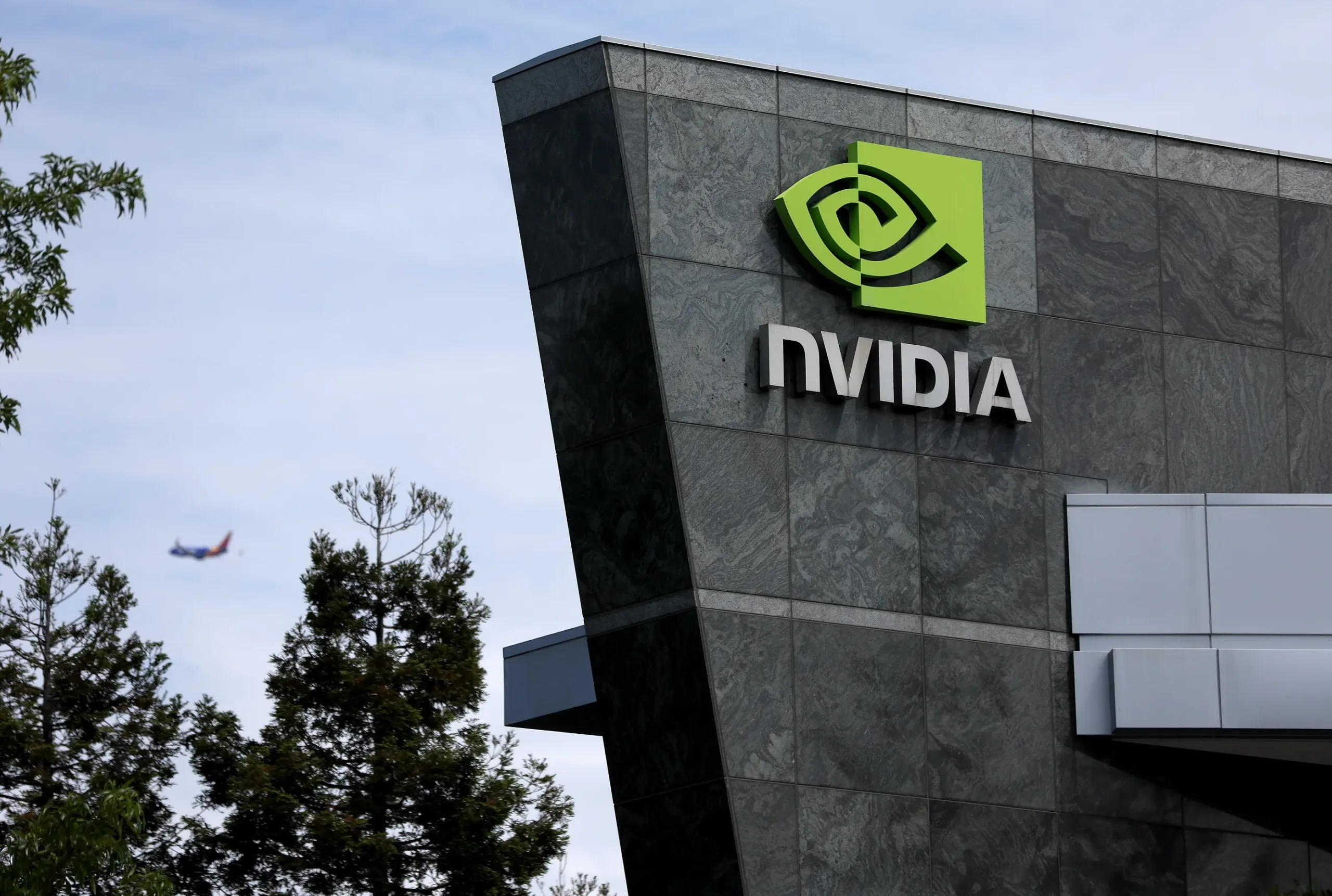Nvidia (NASDAQ: NVDA) continues to dominate market discussions, thanks to its next-generation Blackwell chips, which have become a focal point for analysts’ stock price predictions. On October 10, Morgan Stanley analyst Joseph Moore reaffirmed his ‘Overweight’ rating on Nvidia, emphasizing the company’s robust outlook and success in ramping up Blackwell chip production.
Moore set a bullish price target of $150, underscoring the strong momentum Nvidia has gained with its Blackwell lineup. While the initial production faced yield issues, Moore assured investors that these challenges have been resolved. Early manufacturing of the Blackwell silicon had post-packaging defects that caused the loss of essential components like CoWoS (Chip-on-Wafer-on-Substrate) and HBM3e (High Bandwidth Memory). However, Nvidia’s ability to address these supply chain issues positions the company for future growth.
Production Booked For The Year
Despite overcoming yield concerns, Moore noted that new Blackwell orders won’t be shipped until late 2024 due to Nvidia’s already fully booked production schedule. Though Moore refrained from updating revenue or margin estimates, he pointed to Nvidia’s confidence in achieving “several billion in Blackwell revenue” for the January quarter, signaling continued growth for the semiconductor giant.
This outlook is supported by Nvidia CEO Jensen Huang, who described demand for Blackwell chips as “insane.” The skyrocketing demand has created supply tensions, with customers anxious over whether Nvidia can meet expectations. Analysts like Todd Gordon, founder of Inside Edge Capital, project that Nvidia could generate between $32.9 billion and $42.9 billion in revenue over the next few years, driven by the success of Blackwell.
Long-Term Outlook – $800 Stock Price by 2030?
Phil Panaro, a former senior advisor at Boston Consulting Group, echoed these optimistic sentiments. He predicted that Blackwell sales could propel Nvidia’s stock to $800 by 2030, with total revenue surging to $600 billion by the end of the decade. The chips are positioned as a key player in the artificial intelligence (AI) revolution, further bolstering Nvidia’s potential for long-term growth.
Stock Performance and Technical Analysis
On the technical front, Nvidia’s stock has shown bullish signs despite recent market volatility. Stock trading expert Peter DiCarlo, in an October 10 post, highlighted Nvidia’s ability to break higher highs—an indicator of bullish momentum. However, DiCarlo advised investors to monitor key support levels, suggesting a potential pullback to $128 or $124 before the stock climbs higher. Nvidia was trading at $132, marking a weekly gain of over 7%.
Nvidia’s Blackwell chips are shaping up to be a game-changer for the company, driving both revenue growth and stock price projections. While short-term volatility remains a factor, the long-term outlook for Nvidia is bright, with analysts predicting significant gains as the company continues to dominate the AI chip market. Investors are urged to stay focused on key technical levels as Nvidia navigates its path to potentially record-breaking stock prices.
Disclaimer: The information in this article is for general purposes only and does not constitute financial advice. The author’s views are personal and may not reflect the views of Chain Affairs. Before making any investment decisions, you should always conduct your own research. Chain Affairs is not responsible for any financial losses.



